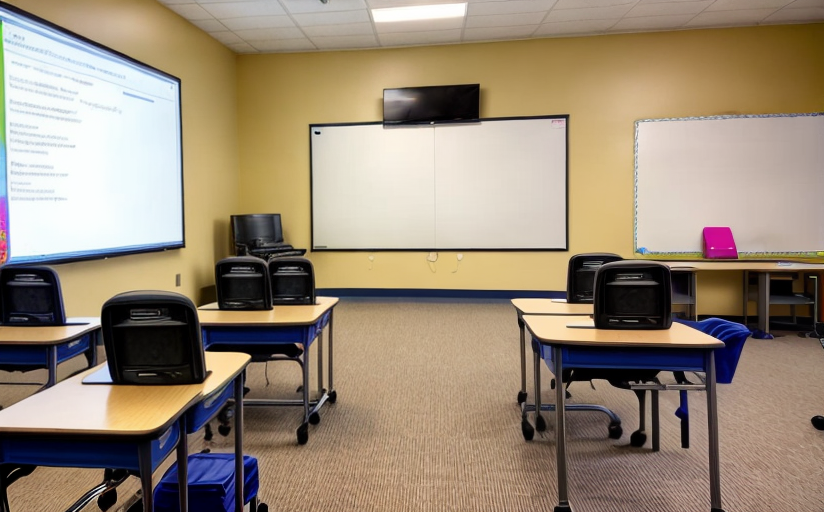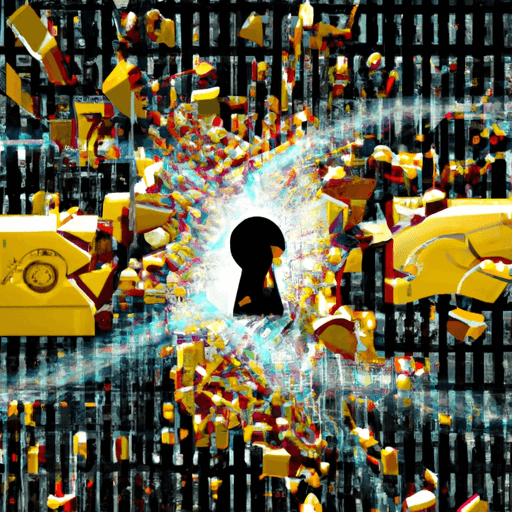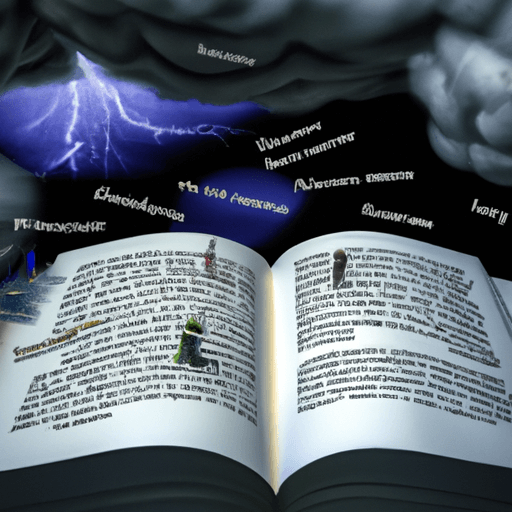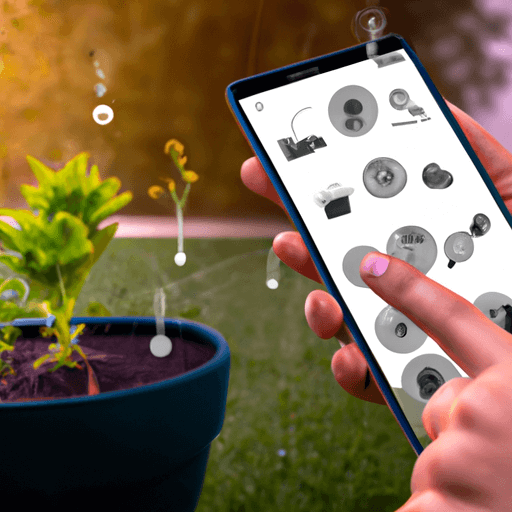Digital Technology's Transformation of Modern Education: An In-depth Analysis
Modern education has been fundamentally enhanced by digital technology. Through software development, AI, cloud computing, and data analytics, education is becoming more inclusive, collaborative, and personalised. However, this shift isn't without its complications.
Major Innovations in Education through Digital Technology
The onset of digital technology has led to myriad innovations in the field of education. From e-learning platforms that provide online courses, to interactive tutorials and virtual simulations and labs, teachers and students now have access to a variety of engaging, interactive learning methods. Learning management systems (LMS) have been another key development, providing a platform for monitoring student progress, distributing course material, and facilitating communication between students and educators.
Significant Changes in Key Areas of Education
Collaboration has become much simpler and more efficient, with tools that allow real-time editing, screen sharing, and instant feedback. Assessment has also changed, with digital reporting systems, instant quizzes and surveys, and software that can provide personalised feedback. These developments have democratized access and have catalyzed global learning, thereby enabling cross-cultural collaboration and giving rise to incredibly diverse learning environments.
Benefits and Potential Drawbacks of the Digital Shift in Education
Digital technology benefits learners by providing immediate access to information, encouraging self-paced learning, and facilitating interactive and collaborative learning experiences. Teachers also benefit through increased efficiency in administrative tasks, advanced means of assessment, and easier tracking of student progress. Yet, it also presents challenges such as digital divide and information overload. Issues like cyberbullying, screen addiction, and data privacy are also of concern.
The Impact on Teachers, Students, and the Teaching-Learning Paradigm
Teachers are transitioning from traditional instructors to facilitators, guiding students to independently find and analyse information. Students, in turn, are becoming more active and responsible learners. The teaching-learning paradigm has seen a dramatic shift from a one-size-fits-all model to a more tailored, personalised approach.
Future Prospects of Digital Technology in Education
Looking ahead, we anticipate the integration of AI in student learning and assessment, increased use of AR and VR for experiential learning, and a much larger emphasis on coding and computational thinking in the curriculum, amongst other advancements.
Several studies including those from the World Economic Forum and Pew Research Center support these predictions, underlining the continued, transformative impact of technology on education.


















Comments
Leave a Comment